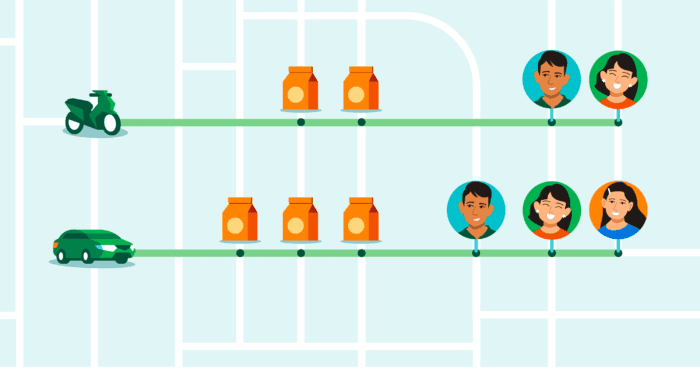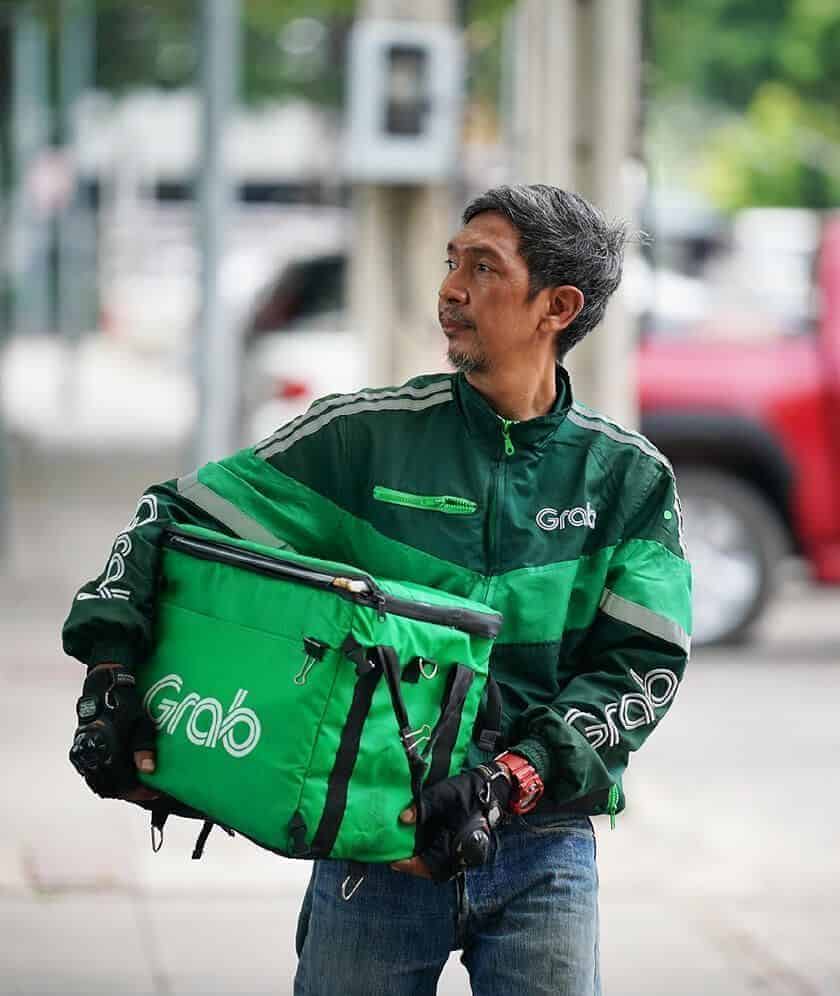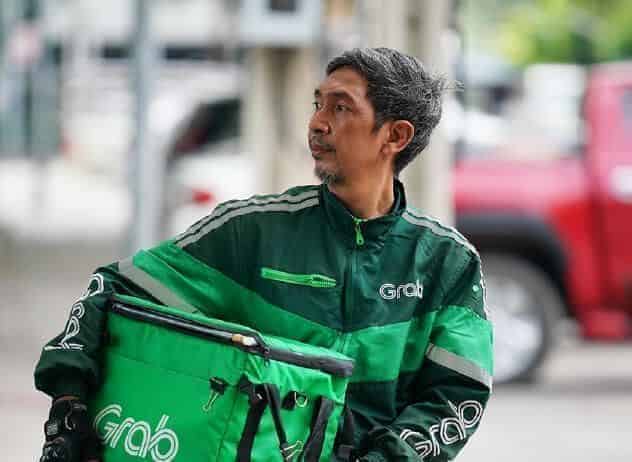The Grab experience is as much for drivers as it is for passengers and consumers on our platform. Our teams connect regularly with driver-partners across some 20 channels, because their feedback helps us constantly iterate and improve our services.
Of their concerns, earnings consistently comes up as key for driver-partners deciding if they want to spend time driving with Grab.
The answer cannot be to simply raise prices, because in a multi-sided marketplace, we have to consider the needs of both drivers and consumers. Higher prices also tend to lead to lower demand, which impacts the number of available bookings for driver-partners.
So the way we help to optimise driver earnings is to improve their productivity, so that they can get more done in the same span of time and earn more for every hour that they’re on our platform. In the second quarter this year, we raised driver earnings per transit hour by 9 per cent year-on-year.
Productivity gains provide another benefit to our services—improving reliability for consumers. When each driver-partner becomes more productive, you essentially optimise the existing supply pool of drivers, and make Grab’s services more available and affordable for consumers.
So the key to that is different tech and product levers that we pull on our end.
Here’s a round-up of the tools we’ve created to give productivity a shot in the arm, from the perspective of a delivery-partner and a driver-partner ferrying passengers. Let’s start with deliveries.
Deliveries
- Zones

Ahead of going online to receive jobs, eligible delivery-partners can sign up to work within a preferred district or zone. By committing to a session, they will only receive jobs within the predefined geographical zone. This allows delivery-partners to accomplish more in a shorter time by only driving within the area.
- Indoor navigation (New!)
Once delivery-partners are assigned an order, they will make their way to their destinations. Southeast Asia is peppered with malls, and our F&B merchant-partners are frequently located in one. So when a delivery-partner is trying to locate the food outlet, they can get lost pretty easily in a sprawling mall.
To help delivery-partners get to their destinations efficiently and not waste time and effort hunting down the food outlet, we partnered with malls in six countries in Southeast Asia to provide an indoor directory within the Grab app.
- Just-in-time allocation
Before we assign orders to delivery-partners, our backend works out the most precise moment for delivery-partners to head towards F&B outlets. This is based on how long the assigned partner will take to travel to the outlets as well as how long the food will take to be prepared. The ultimate goal is to get the delivery-partner to arrive just as the food is ready for pick-up, so they don’t have to waste time waiting.
We’ve done a lot in the background to make this process happen smoothly, including sticking little Bluetooth beacons at F&B outlets in order to predict food preparation time precisely.
- Batching orders, aka Saver delivery
Upon arriving at the F&B merchant, our delivery-partners would pick up the order assigned to them. Sometimes they would have to pick up several orders and deliver them to consumers who are nearby. We call this batching.

Batching cuts down on the inefficiency of going back and forth with single deliveries, and helps our delivery-partners fulfil more deliveries in a work day, raising their earnings. Batching also happens when consumers opt for Saver delivery. That allows users to choose a slightly longer delivery time, in exchange for a lower delivery fee.
Transport
- Live location sharing (New!)
Once a driver-partner accepts a ride, our in-app maps will guide them to the pick-up point selected by the passenger. Passengers can share their live location with drivers, especially when they’re at large venues with multiple pick-up points. We rolled this out following feedback that passengers occasionally end up waiting at a different pick-up point or wander off while waiting for their ride.
- Hot spot navigation

After dropping off a passenger, driver-partners have to drive around looking for the next pick-up. They may not know where that would be, and any idle time spent driving around with an empty car means no earnings and a waste of time and fuel. So we harnessed the power of our bird’s-eye view across the network and started offering a lens into this to our driver-partners. The hotspot navigation tool will show drivers a circle on their maps with a live view of the nearest area to them where booking demand is high.
All these innovations help strengthen the Grab ecosystem, making our service more reliable for users and efficient for the gig partners. We continue to work together with our driver-partners to improve and create new features for everyone on the Grab marketplace.
3 Media Close,
Singapore 138498
Komsan Chiyadis
GrabFood delivery-partner, Thailand
COVID-19 has dealt an unprecedented blow to the tourism industry, affecting the livelihoods of millions of workers. One of them was Komsan, an assistant chef in a luxury hotel based in the Srinakarin area.
As the number of tourists at the hotel plunged, he decided to sign up as a GrabFood delivery-partner to earn an alternative income. Soon after, the hotel ceased operations.
Komsan has viewed this change through an optimistic lens, calling it the perfect opportunity for him to embark on a fresh journey after his previous job. Aside from GrabFood deliveries, he now also picks up GrabExpress jobs. It can get tiring, having to shuttle between different locations, but Komsan finds it exciting. And mostly, he’s glad to get his income back on track.

